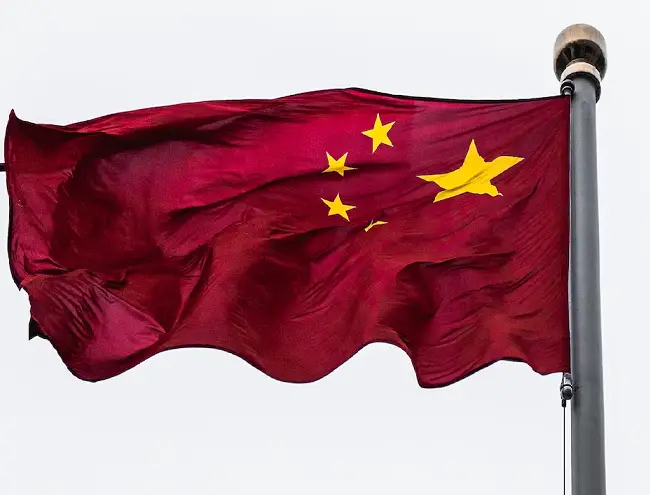A new survey released Monday showed that in July, Chinese factory activity contracted due to a reduction in export orders, adding to the pressures the Communist government is feeling to reverse a persistent economic slowdown.
The national statistics agency and an industry group released a purchasing managers index which improved in July to 49.3 compared to June’s 49 on a scale of 100. However it failed to cross the threshold of 50 which would have taken it from contraction into expansion territory.
Erin Xin of HSBC said in a report that “China’s manufacturing PMI remained in contraction, albeit a softer pace, as the drag from the external sector deepened,” which puts “more pressure on Beijing to support growth through both fiscal and monetary measures.”
Although China’s political leaders are seeking to revive economic activity through promises to support businessmen who generate jobs and wealth, their proposals have yet to be fleshed out. This has left the business community unclear on the details regarding any possible tax cuts or spending proposals, and there has been no announcements regarding any proposed stimulus packages.
Chinese export demand has been steadily reduced as demand for Chinese products in the West has fallen with rising interest rates and persistent inflation. Meanwhile in China, consumers are putting off big purchases, and shifting consumption patterns to focus on necessities, as they fear the economic slowdown may end up resulting in job losses. Meanwhile a government tightening of controls over debt has weakened the real estate market, which is a major domestic driver of the economy.
Another index tracking export orders which is produced by the statistics bureau and the China Federation of Logistics & Purchasing, fell slightly, from June’s 46.4 to 46.3, leaving it well below the 50-point level marking the transition from contraction to expansion.
Over the previous quarter ending in June, economic growth fell to 0.8%, from the first quarter’s reading of 2.2%. That is equivalent to an annual growth rate of 3.2%, which would be among the weakest China has seen in decades.

